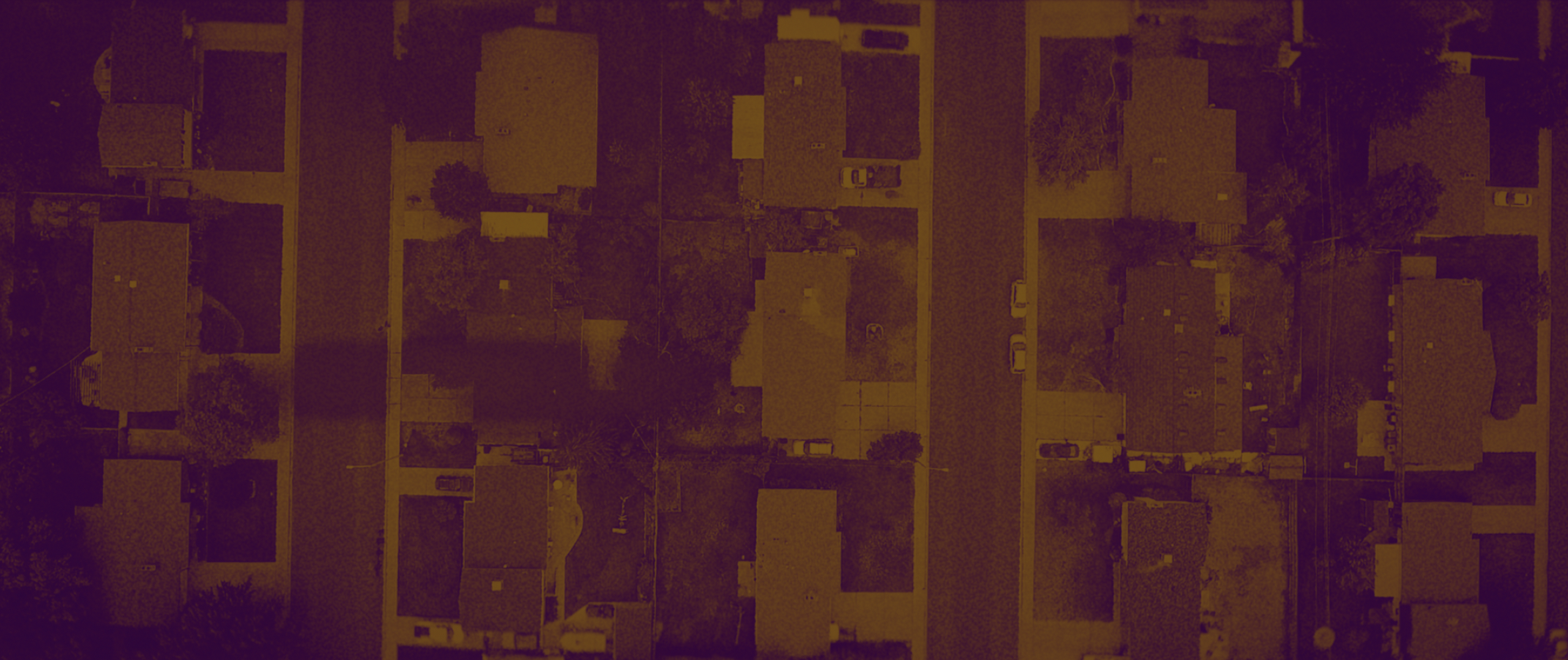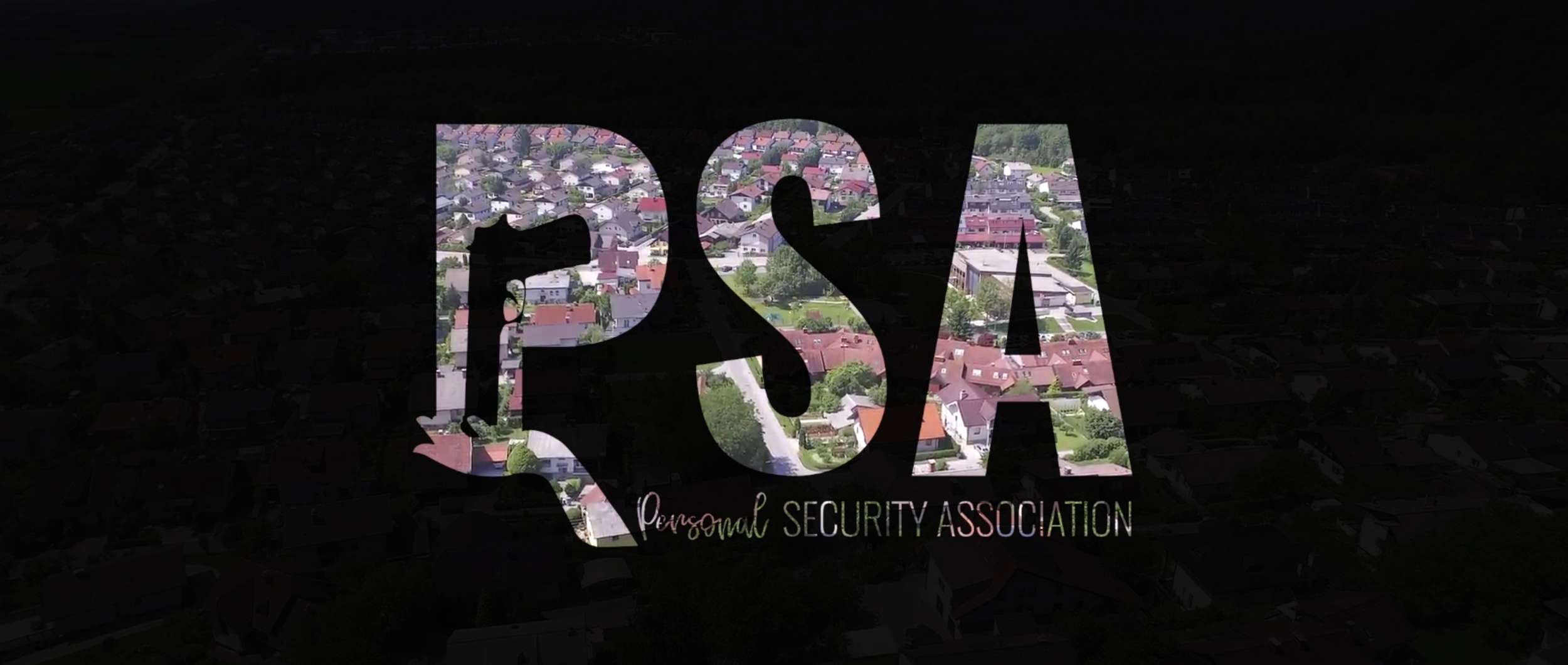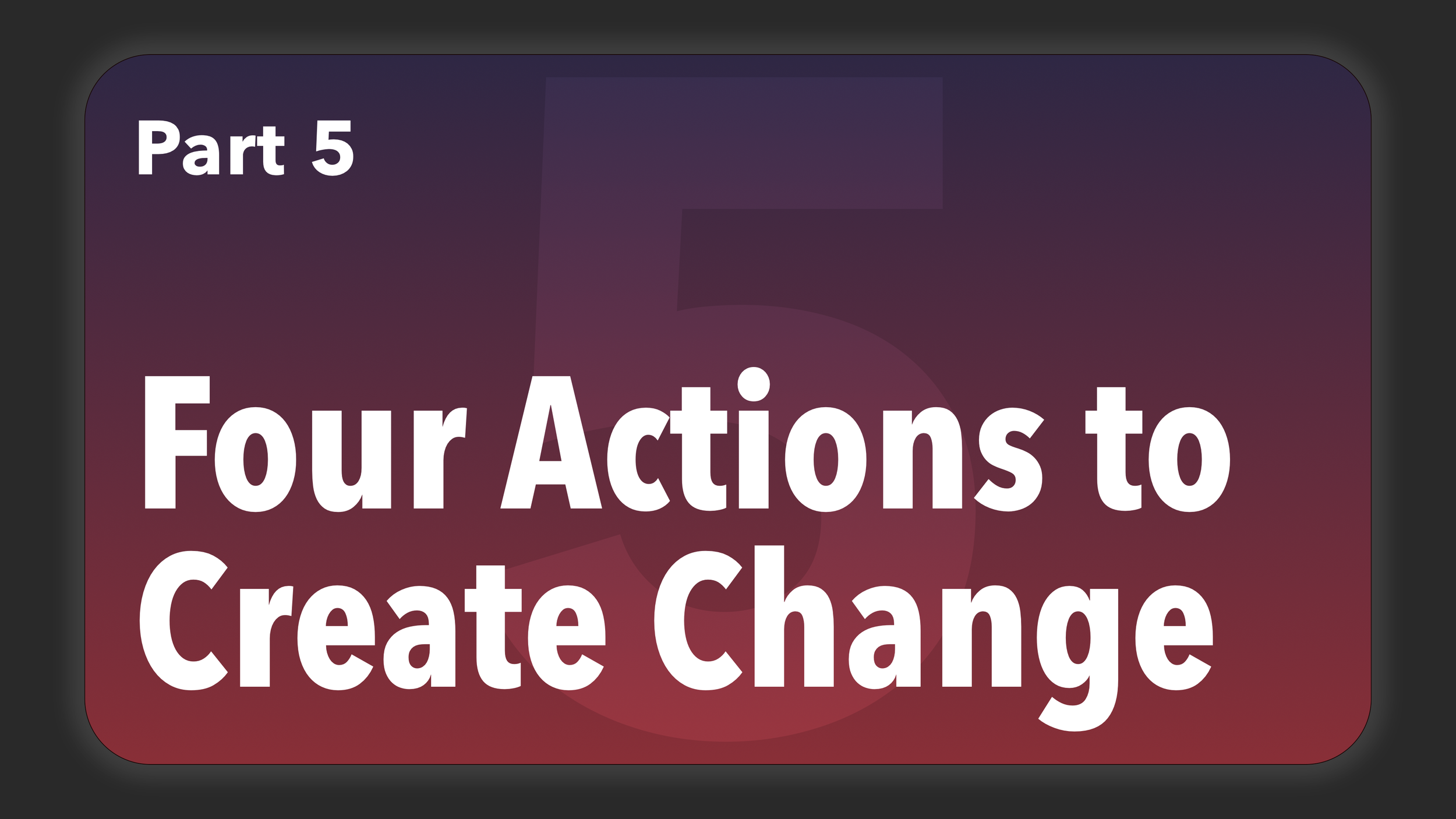
HOME PROTECTION: Part Five
by Brendan Steidle
Four Actions to Create Change
So if we want to prevent deaths by guns—the best thing we can do is not to put light restrictions on them. The best thing we can do is to outcompete them. Don’t tell people they can’t protect themselves. Show them ways they can protect themselves better. With these proven alternatives.
For every person who wants to buy a gun, if we can convince them to choose a home security system or a non-lethal weapon, we can take one more step towards reducing violence.
Every 36 people we convince to use an alternative to a gun, we stop a firearm assault.
Every 87 people we convince to use an alternative, we stop a gun suicide.
Every 149 people we convince, we stop someone from being accidentally shot.
Every 154 people, we stop someone from committing a gun murder.
And every 3,333 people we convince to use an alternative to a gun, we stop someone from being accidentally killed.
How do we make the case? Here are four ways:
#1. Change Home Building
First, we can encourage new home builders to make security systems a standard feature—one as ubiquitous as door locks. Today, security is an addition—one that the homeowner or tenant has to want in order to get. But what if security wasn’t an afterthought or an add-on? What if it was built into the design? If it was there by default? There are several things that could be done:
Beyond the standard sensors at every window and door, you could place windows at a higher elevation—install shrubs at the base of entry and exit points, and reinforce both windows and doors without making them look tacky or out of place. You build alarms and motion-activated floodlights flush into the sides of awnings and cornices. Yes, just as security has become a standard feature on cars—and biometrics a standard on phones, we could begin to build security and safety features standard into our homes.
By what mechanism? Why would this happen? Well, laws could be passed requiring it—just as laws are passed for building codes, requiring homes in Florida to withstand wind damage, or homes in California to withstand earthquakes. But beyond laws, local neighborhoods and planned communities could build home security directly into their planning. If not laws or localities, home builders themselves could recognize security as a selling point. And perhaps they’re afraid to do so—thinking that to even suggest the need for security is to concede that the home is vulnerable—and located in a vulnerable neighborhood. But this kind of thinking is folly. Security isn’t just something people seek when they fear what’s outside—it’s something people seek when they value what’s inside. If you’re a homebuilder building homes to house the values inside, providing security should be as second-nature as providing shelter. They are, in many ways, one and the same.
“What’s the solution for those who use guns for safety? To show that there’s something better already out there.”
And if all of these mechanisms fail, homebuyers can demand it themselves. Demand that their homes protect them—rather than they protecting their homes. After all, nobody ever built a fortress to protect the fortress—the fortress itself is the protection. Homebuyers and renters can be clear about what they need, and picky about what they choose. Real-estate magazines and newspaper sections can take up the cause—and why shouldn’t they? Fear sells. I can hear the local-TV news reporter already: “Could your home be vulnerable to attack? Don’t miss the shocking report—tonight at 11.”
#2. Package Security with Non-Lethal Weapons
Get home security and non-lethal weapons makers to work together. After all, people who buy a security system may still want to feel the added sense of security of a weapon in the hand. And the people who want to carry a personal weapon out on the town probably want protection from harm at home, too.
By working together, these two industries could target the gun market for profits—and there are serious profits to be had. Current gun protection buyers tend to spend far more on firearms than the average customer spends on home security—or non-lethal weapons. Why not take some of that market? Why not directly compete with firearms? Imagine—a cheap and effective bundled security package? Maybe it comes with an ecosystem of non-lethal weapons—a taser in the bedroom, a stun-gun in the kitchen, and three to four pepper guns for being out and about—one for the car, one for the office, and one for your bag? The brand message could be so strong—maximize safety, minimize threats, for a fraction of the cost. And without the worry.
#3. Create an Association of Former Gun Owners
But don’t just take the industry’s word for it. Our third way to promote competing alternatives is to create an association of former gun-owners who are security converts. People who used to keep a gun in their home or on their belt—but have now thought better of it. This could attract people of all stripes—from those who have lost a loved one to gun accidents to those who accidentally shot themselves in the foot. Yes, maybe some of our YouTube friends can turn views into action. Just imagine—if these videos of people shooting themselves in the foot ended with an alternative message. For a better security alternative.
What could such an association do? They could make the case for safety and security in a more personal way—without people questioning their motives. They could hold rallies, partner with cities and municipalities, take out booths in county fairs, pass out brochures, make commercials, sit in on TV roundtables, panel discussions, and go on the speaking circuit. Oh—and they could recruit new members; maybe they could even offer discounts or subscriptions to home security offerings. They could print member magazines, organize member activities and retreats—really create something that advances the science of security at home and in public. Yes, they could commission studies, host conferences and promote best practices. They could become—not the anti-NRA, but the alternate NRA. Call them the Personal Security Association—PSA—a kind of real-life PSA, sending a public service announcement to all who seek security and personal protection. There’s something better out there. Something safer out there. And we’ll prove it.
#4. Offer Gun Trade-In Programs for Alternatives
And for those who are no longer on the fence—for the 50 million US adults who already own guns for security, what do we do for them? How do we reach them? Well, the association will surely have an impact—but we can make it easier. And that takes us to the fourth way to promote alternatives: offering trade-in programs to gun owners who want to trade the danger of guns for the safety of home security and non-lethal weapons. This should be a one-for-one trade: you trade an ineffective and dangerous gun for an effective and safe alternative—at no cost at all. Not a penny.
Because guns are usually more expensive than these alternatives, it shouldn’t be a hard trade—except for the question of what to do with all of the guns traded in. The best option—of course—would be to remove the guns from the market. Fewer guns reduces the chance for accident and death. When Australia had its gun buyback program, many of the guns were simply destroyed. But there are other options. For example, if it’s the association administering the trade, maybe they could work to sell the guns to the military.
So, what’s the solution to guns for those who seek protection and safety? To provide a better alternative. To convince them that there is something better already out there. Security systems are better at protecting homes and buildings than guns. Every business out there already knows this. And non-lethal weapons are better at stopping assailants than guns. Police units already know this. And all we have to do is make the case clear, make the solutions compelling, and make it easy for people to choose something that is not only better for them and their family—but better for everyone.
In the meantime, though, there are still guns out there. Millions of them. And these guns are still causing mass shootings. Isn’t there something we can do to specifically address these shootings—to reduce them and make the whole world a safer place? That’s the focus of the next section…









